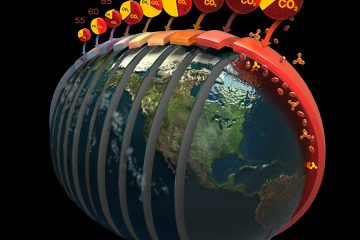Responses of soil nitrogen cycling to the interactive effects of elevated CO2 and inorganic N supply
Despite increasing interest in the effects of climate change on soil processes, the response of nitrification to elevated CO2remains unclear. Responses may depend on soil nitrogen (N) status, and inferences may vary depending on the methodological approach used. We investigated the interactive effects of elevated CO2 and inorganic N supply […]

